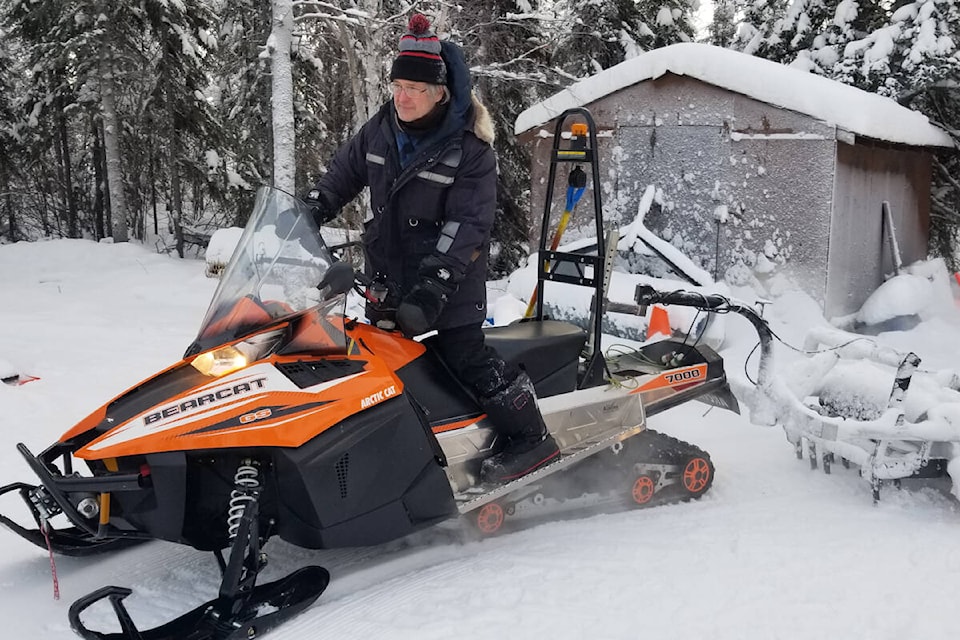If you find yourself at the Yellowknife Ski Club trying out the sport of cross-country skiing, one of the first sights you may notice is the long, parallel and smoothly-combed lines stretching neatly down the trails.
What you are seeing is the art of trail grooming, and a lot of behind-the-scenes work goes into ensuring skiers can glide effortlessly through those tree-lined paths, said one of the people responsible for making it happen.
Sean Marshall, the director of trails at the club said an entire team of about 17 people helps groom and keep the trails in tip-top condition during the busy ski season.
“What we do is make a nice, smooth, consistent surface for skiers to be able to get out and enjoy the trails.”
And to do so, an entire fleet of equipment well-suited to trail grooming is required, Marshall said.
Such machinery and gear, however - while long-lasting - requires repairs and maintenance to ensure it all operates like the well-oiled machinery it should be.
For this reason, Marshall said the ski club has embarked on a $5000 fundraising effort to ensure they have enough funds to do the necessary upkeep on the equipment used to groom and perfect the trail surfaces, especially since there are many different pieces needed to perform the job.
Some of their snow machines have been grooming the trails for several decades, he said.
The Alpine 2 made by Ski-Doo, for example, is a machine with two tracks and one ski and is “uniquely suited” to trail grooming.
While the club has four of the Alpine 2s from the late 1980s, some need repair to remain or become operational again, and as the company no longer makes them, Marshall said they are irreplaceable.
“They are machines we really want to be able to keep running for just as long as we can. Those are a really good example of something that works really well but we don’t have any late-model replacements for. Ski-Doo stopped manufacturing those in the mid-1990s,” he said.
Marshall credited the “skills from life and craft” of volunteers who have enabled the machines to keep running over the years when they have needed repair.
Also in their fleet are Alpina Sherpas - Italian snow machines that have two tracks and two skis and that are equipped with automotive-based engines, he said.
And along with the machinery, numerous devices are needed to pull behind the snow machine and create the specific corduroy-like surfaces on the trails, he said.
“The neatest ones are call Ginzugroomers.”
Equipped with serrated, teeth-like edges, they create the lined effect with the help of an actuator that moves the sharp edges up or down, depending on the snow conditions, Marshall said. A compaction pan gathers up the looser snow and sorts it so it can settle into a firm base, he added.
“It gives a nice, uniform surface.”
Typically, three people will go out on the trails for about three hours to groom them, Marshall said. On average, the group goes three nights a week. The completed surface is then well-suited for both classic and skate-skiing.
Marshall said the replacement value for equipment used just in a typical grooming outing on the trails is approximately $150,000, hence the need to keep it in good repair.
“That is just what is active on that day. We would have other equipment that we wouldn’t be using then.”
The $5000 fundraising initiative is facilitated by Nordique Canada, Marshall said, adding that as a result of their involvement, the non-profit club can offer a tax receipt for any contributions. The campaign runs until March 28.
